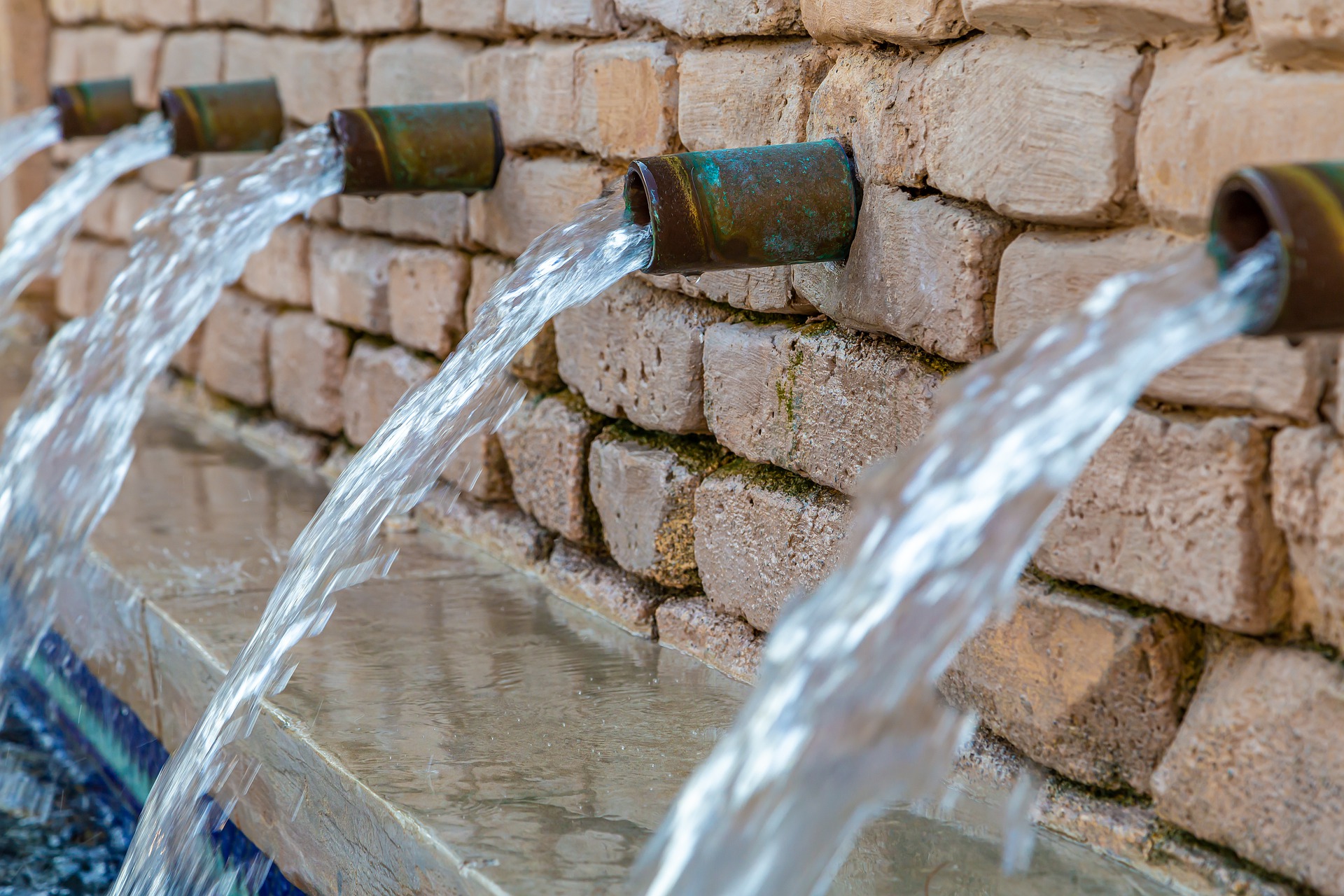
This article is part of the series “Equity and infrastructure: How infrastructure influences social equity,” which is being published by Civil Engineering magazine and Civil Engineering Source over the next several months.
Perhaps the scariest aspect of the Flint water crisis (read Civil Engineering magazine’s article here) is the notion that it was merely the tip of the iceberg when it came to the problem of lead pipes and drinking water in the United States.
So, in the aftermath of the crisis – now more than a half-decade ago – civil engineers have been busy working on that proverbial iceberg, taking lessons learned from Flint to ensure water quality in communities across the country.
Civil Engineering Source asked several ASCE members to share their perspectives about how civil engineers can work to prevent “another Flint.”
In the aftermath of the Flint water crisis, what’s the most important thing civil engineers can do to help prevent a similar tragedy in other parts of the country?
Richard Fernandez
P.E., ENV SP, M.ASCE
Principal engineer, Aquario Engineering, San Diego
“One, water-quality lab technicians can be obligated to report toxic drinking water quality results to the public agency responsible for the delivery or regulation of the water.
“Secondly, hold all executives involved with the negligent stewardship of ratepayers’ drinking water quality personally responsible. This would send a signal to all involved in the industry that there are real consequences for not having the public’s water quality a priority.
“And another thing that civil engineers, ASCE, and other standard-bearers can do is endorse and enact a higher professional standard of care when making significant system changes that impact drinking water supply and the associated water quality. It’s especially necessary when the affected community includes a significant Black population or other minorities.
“This is what equity is about – providing a higher standard of care, especially for folks that are underserved.
“If a higher standard of care was taken in Flint during the analysis of switching water supplies, operating the water system, and encountering toxic water quality, this might have been prevented.”
Jean-Louis Briaud
Ph.D., P.E., D.GE, Dist.M.ASCE
ASCE President; Distinguished Professor, Texas A&M University
“JEDI [justice, equity, diversity, and inclusion] should be a human reflex and should permeate everything we do naturally. We are not there yet and need a reminder from time to time.
“When it comes to infrastructure, we need to be sensitive about the impact of new construction on the life of citizens. Of course, it is not possible to make everybody happy, but we need to consciously optimize infrastructure systems and consider many factors, including need, efficiency, cost, safety, and equity.”
Elise Ibendahl
P.E., PMP, F.ASCE
Global technology lead, flood modeling and planning, Jacobs, St. Louis
“As an industry, we need to embrace the concept of OneWater, fully recognize that all water has value, and understand that simply ‘fixing a problem’ doesn’t address other related entrenched issues.
“With increased priority for social equity worldwide, we’re working with water utilities across the globe to proactively adopt water equity and social and environmental justice initiatives that prioritize community benefits through capital investments in water, wastewater, and stormwater infrastructure. And by expanding the view of infrastructure beyond water, such as roads and bridges, we can look for opportunities to share investment with water-related needs.
“For example, if we're building a new road or development we need to ask, ‘What can we also do to improve access to clean water while that area is torn up?’ This requires a collaborative, shared table for infrastructure projects that includes the community, policymakers, planners, and others in addition to engineers to make sure that multi-functional opportunities don't pass us up.
“When everyone has a seat at the table, it can be a longer and harder process, but the outcomes are more sustainable from an economic and environmental perspective; outcomes that are inclusive of all stakeholders and enable us to overcome generational infrastructure inequities.”
Read the Civil Engineering magazine article about the lasting effects of the Flint water crisis and more from the “Equity and infrastructure: How infrastructure influences social equity” series.



